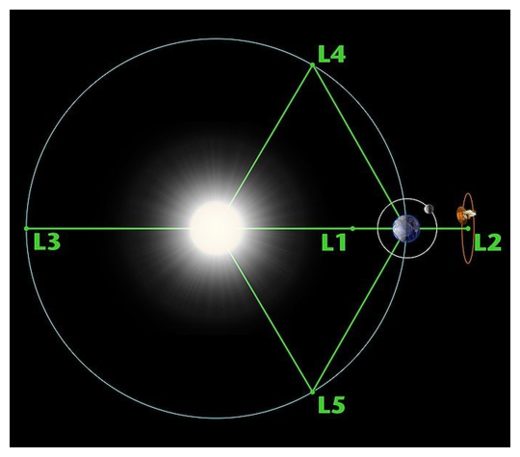
© NASA/ WMAP Science TeamDiagram of the Lagrange points associated with the Sun-Earth system.
Let's consider the following scenario - the Earth is at risk for a disruptive event. This event has, conservatively, about a 0.2% chance of happening on any given year. But that is the most conservative estimate, at the high end it could be more like
12% over the next decade. Either way the chance of this type of event happening in the 21st century is quite high, and
no matter what it is inevitable.The result will likely be taking out power grids, possibly world wide in a worst-case scenario. Reasonable recovery will take about a year, with full recovery taking about a decade. Just imagine what would happen if we lost our power grid for a year. No digital banking, no internet, no household power. The most conservative estimate of how much such an event would cost is
$2 trillion dollars, but experts are increasingly leaning toward $20 trillion as being a closer estimate (and this figure will only go up in the future).
So here's my question - what do you think we should spend now to avoid a high probability of civilization collapse over the next century costing tens of trillions of dollars and growing? I am not talking about global warming, or environmental degradation, the death of the bees, an asteroid strike, or massive crop failure.
I am talking about a coronal mass ejection (CME) - a solar storm.A CME is actually the greatest threat to civilization that we face, in terms of probability and effect. In fact I think we are underestimating the chaos that a worst-case scenario would cause. Imagine going without power for a year. I know, there are people around the world who live without power, and the residents of Peurto Rico recently experienced something similar. But if this happened on a global scale, there's no one coming with aid. Global infrastructures on which we all depend would collapse. How many people would starve or freeze? How much wood would be burned to keep warm or cook until the power comes back on? There are so many downstream effects that we cannot anticipate.
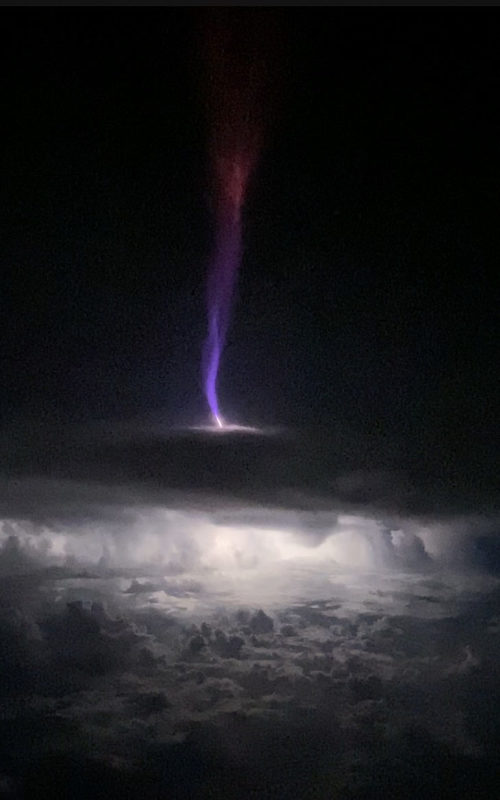

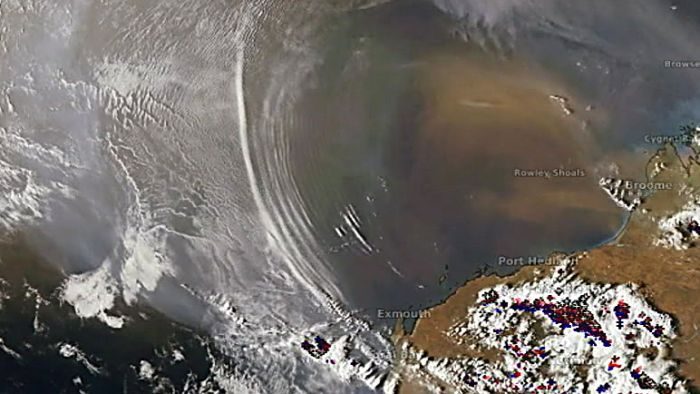

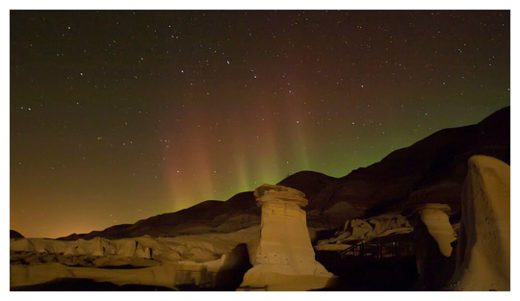



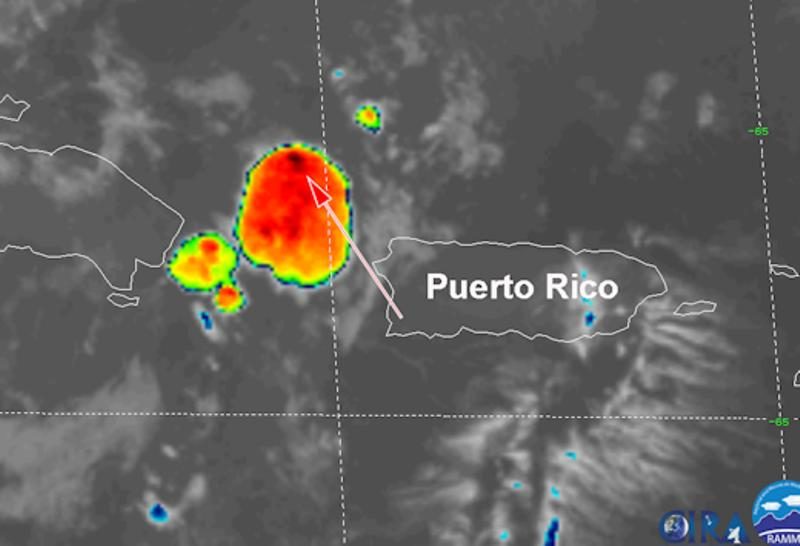




Comment: The growing list of phenomena resulting from our changing atmosphere:
- Rare double Gigantic Jet lightning captured over Puerto Rico (9th October 2019)
- Gigantic jet photographed piercing the sky in China (30th August 2019
- Our changing atmosphere: Stunning iridescent cloud over Mexico, complex solar halo over Russia and a triple rainbow over Norway
For more on what's happening on our planet, check out SOTT radio's:- Behind the Headlines: Earth changes in an electric universe: Is climate change really man-made?
- Adapt 2030 Ice Age Report: Interview with Laura Knight-Jadczyk and Pierre Lescaudron
As well as SOTT's monthly Earth Changes Summary - September 2019: Extreme Weather, Planetary Upheaval, Meteor Fireballs: